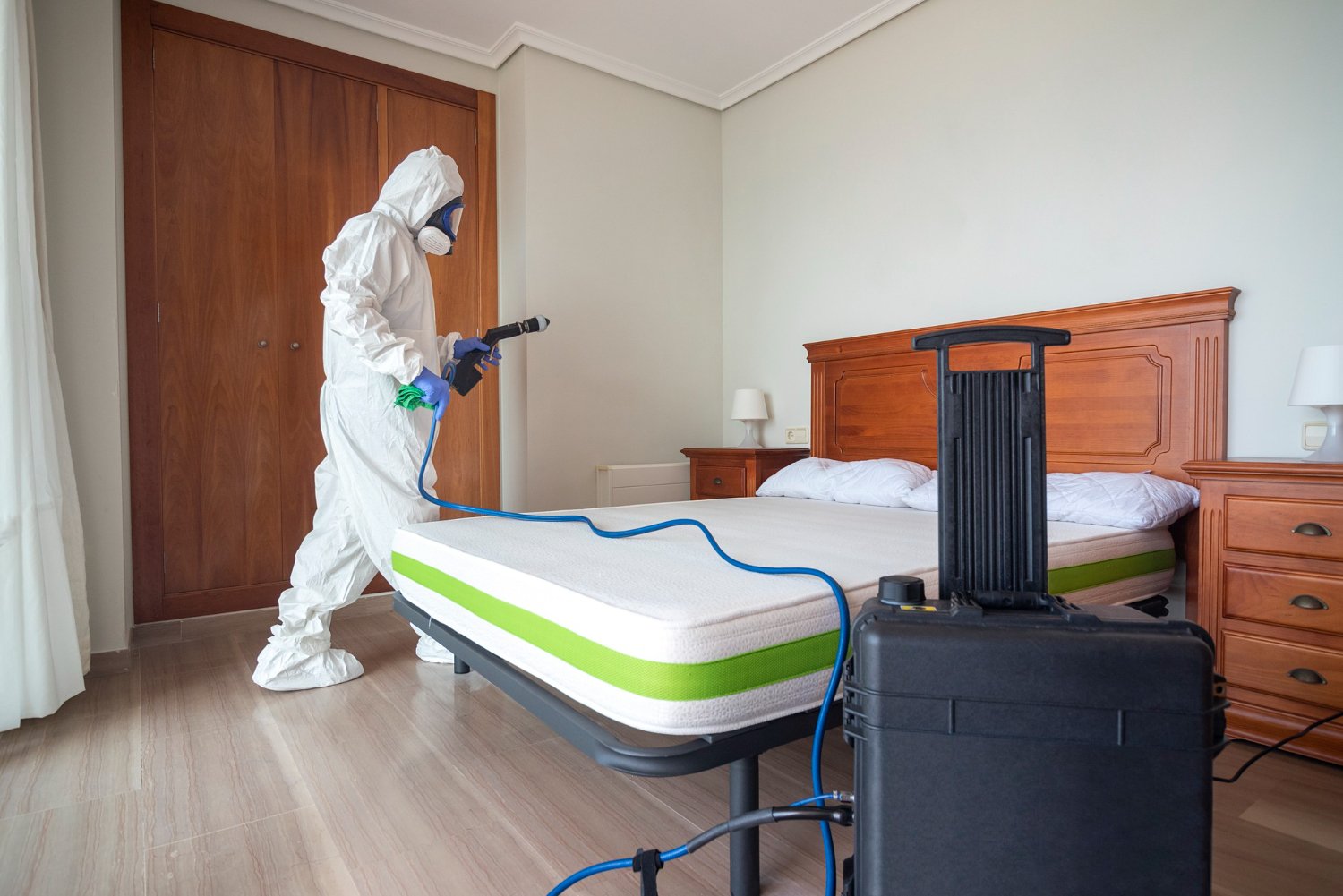Kinds Of Insect Control: Which Method Is Right for Your Infestation?
When faced with a bug infestation, the choice of an ideal approach for pest control is important in effectively taking care of the situation. By checking out the numerous types of bug control approaches available, individuals can make enlightened choices tailored to their one-of-a-kind circumstances, making sure an extra lasting and effective end result in pest removal.
Chemical Bug Control
Chemical bug control includes making use of artificial or normally acquired chemicals to manage and eliminate pest populaces effectively. This method is typically used in farming, forestry, and property settings to battle a large range of pests, including insects, weeds, and rodents. Using chemical pesticides can give fast and targeted solutions to pest infestations, making it a popular choice for numerous individuals and businesses.
Among the key advantages of chemical pest control is its capacity to promptly get rid of bugs, lowering the threat of damages to crops, property, and human health. By utilizing details chemicals that target certain bugs, this technique can efficiently control infestations while minimizing injury to beneficial microorganisms and the atmosphere when applied properly.
Nonetheless, the usage of chemical insect control also raises problems regarding possible damaging results on non-target varieties, water resources, and human health. It is critical to adhere to safety and security standards, apply chemicals properly, and take into consideration alternate parasite control techniques to decrease these dangers and make sure sustainable bug administration methods.
Biological Insect Control
Biological insect control, additionally referred to as biocontrol, makes use of living organisms to reduce and take care of parasite populaces normally. This approach utilizes the power of nature to manage parasites without the need for synthetic chemicals. Biocontrol can include the intro of natural opponents of the pest types, such as pathogens, predators, or bloodsuckers, to subdue pest populations. By utilizing the pest's all-natural killers or pathogens, biological bug control supplies a environmentally pleasant and lasting remedy to pest management.

Mechanical Pest Control
Making use of hand-operated and physical techniques to manage parasite populaces, mechanical pest control uses an alternate approach that does not depend on the use of living microorganisms or synthetic chemicals. This approach includes the usage of barriers, catches, or other tools to literally discourage or eliminate parasites. By obstructing bug entry points or establishing up catches to catch them, mechanical pest control can efficiently he has a good point reduce problems without presenting chemicals into the atmosphere.
One usual example of mechanical bug control is using mesh screens on doors and windows to stop bugs from getting in buildings. This basic yet reliable method functions as a physical barrier, keeping bugs out while enabling proper ventilation. In addition, devices like mousetraps, fly swatters, and ultrasonic repellents drop under the mechanical parasite control category.
While mechanical insect control techniques can be labor-intensive and call for normal monitoring and maintenance, they use a ecologically friendly and lasting solution for managing insect invasions. By integrating various mechanical strategies, homeowner can develop a comprehensive pest control technique that lessens dependence on chemical pesticides.
Physical Parasite Control

Some usual physical insect control approaches consist of the use of obstacles such as screens or internet to stop pest access, traps to catch and remove bugs, and hand-picking to literally eliminate insects from plants or frameworks. Furthermore, strategies like heat therapies can be used to manage parasites like bed pests by increasing the temperature level to levels that are deadly to the bugs.
Physical pest control is especially helpful in incorporated insect management (IPM) strategies, where several pest control techniques are incorporated for reliable insect administration while decreasing making use of chemicals. By using physical parasite control techniques, individuals can successfully resolve pest invasions with marginal environmental impact.
Integrated Insect Monitoring
When applying physical pest control methods as component of bug monitoring approaches, Integrated Pest Management (IPM) becomes an extensive technique that leverages different strategies to properly regulate pest populaces. IPM concentrates on lasting avoidance of parasites via a combination of biological, cultural, physical, and chemical tools tailored to specific pest concerns. By integrating multiple control tactics, IPM intends to lessen the risks associated with pests while also reducing dependence on chemical remedies.
One trick element of IPM is the emphasis on monitoring and assessing pest populations to establish one of the most ideal control techniques. This positive method enables very early intervention and targeted techniques, resulting in more reliable bug management. Additionally, IPM advertises ecologically friendly techniques by prioritizing non-chemical control methods and just making use of pesticides as a last resource.
Verdict

By using the pest's all-natural killers or virus, organic parasite control supplies a eco pleasant and lasting remedy to pest monitoring. - Kings pest control Cincinnati
Using manual and physical approaches to handle insect populations, my link mechanical parasite control supplies a different method that does not rely on the usage of living organisms or synthetic chemicals.A reliable method to managing pest populaces without depending on chemical or biological techniques involves the usage of physical insect control techniques.When implementing physical parasite control techniques as part of insect management methods, Integrated Insect Monitoring (IPM) emerges as a detailed method that leverages various methods to effectively manage pest populations. Chemical bug control involves the usage of pesticides, biological pest control makes use of natural killers, mechanical parasite control includes physical obstacles, physical pest control consists of trapping or getting rid of pests, and integrated parasite management incorporates multiple techniques for a holistic technique to pest control.